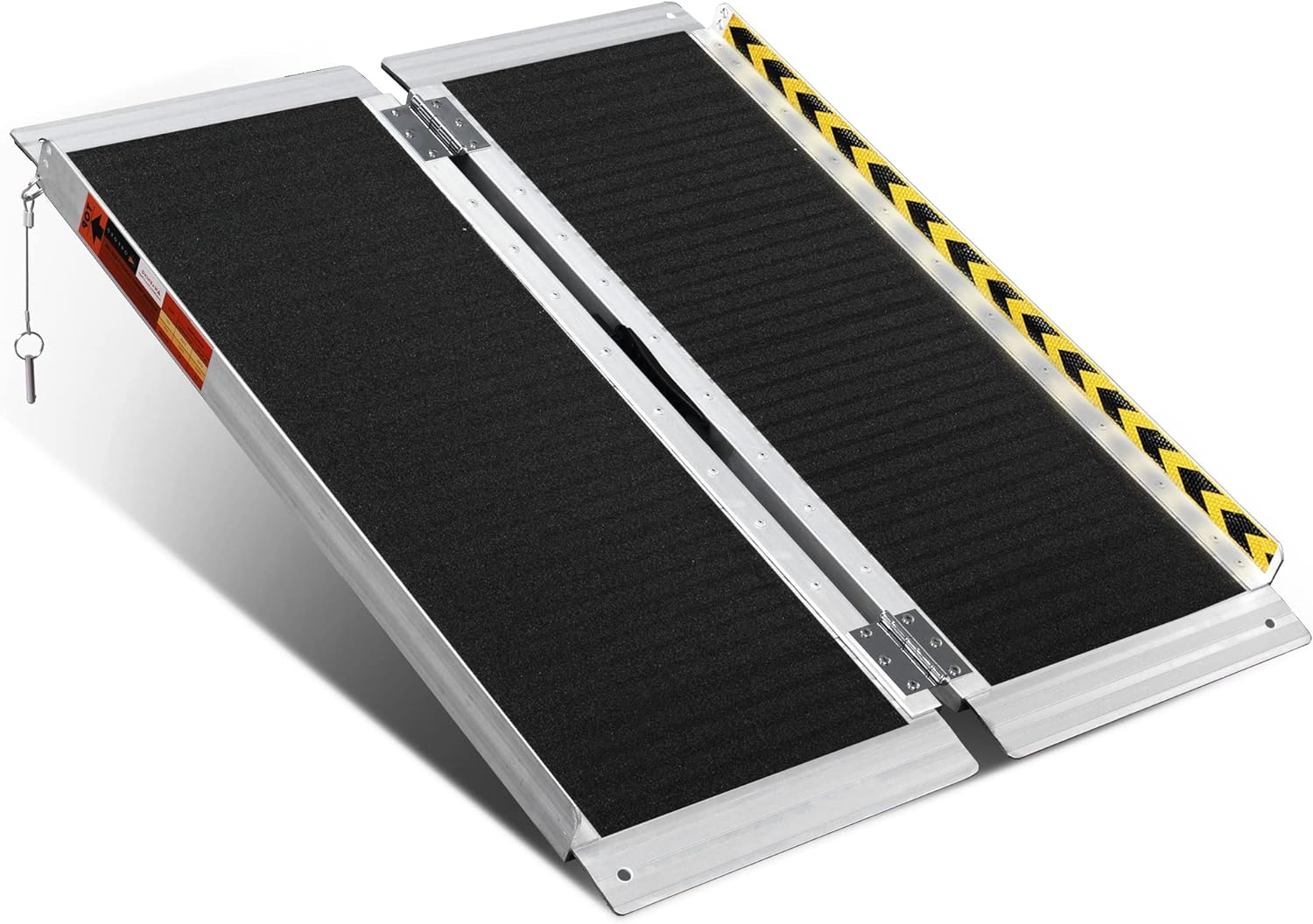Accessibility is a fundamental right that ensures inclusivity for people with disabilities in all aspects of life. One crucial aspect of accessibility is the design and construction of wheelchair ramps. These ramps provide individuals with mobility challenges the ability to navigate buildings and public spaces independently. To achieve true accessibility, it’s essential to understand the optimal width of wheelchair ramps. In this comprehensive guide, we will explore the key considerations and guidelines for determining how wide wheelchair ramps should be to ensure accessibility for all.
1. Why Accessibility Matters
Before delving into the technical aspects of wheelchair ramp width, it’s vital to grasp the significance of accessibility. Accessibility is not just about compliance with legal regulations; it’s about fostering a more inclusive and equitable society. By ensuring that people with disabilities can access public spaces and buildings, we promote social integration, equal opportunities, and a sense of belonging for all individuals.
2. Legal Framework for Accessibility
Various laws and regulations exist globally to mandate accessibility standards. These regulations ensure that public and private spaces are designed and constructed with the needs of people with disabilities in mind. In the United States, the Americans with Disabilities Act (ADA) sets forth comprehensive guidelines for wheelchair ramp design, including specifications for width.
3. Determining the Optimal Width of Wheelchair Ram
The optimal width of a wheelchair ramp depends on several factors, including the space available, the angle of the ramp, and the specific needs of the users. Here are some critical considerations:
Space Constraints
The available space significantly influences the width of a wheelchair ramp. In situations where space is limited, designers may need to prioritize functionality over ideal width. However, it’s essential to strike a balance between space constraints and usability. A ramp that is too narrow can be challenging for wheelchair users to navigate safely.
User Needs
Consider the types of wheelchairs and mobility devices that will be using the ramp. Standard manual wheelchairs typically require less width compared to power wheelchairs or mobility scooters, which may be wider. It’s essential to ensure that the ramp accommodates a variety of mobility devices commonly used by individuals with disabilities.
ADA Guidelines
In the United States, the ADA provides specific guidelines for wheelchair ramp width. According to the ADA, the minimum clear width of a ramp should be 36 inches (or 3 feet). This width allows for comfortable passage of most standard wheelchairs.
Exit and Entry Widths
Consider the width of entry and exit points, especially when the ramp leads to doors or corridors. It’s essential that the ramp width matches or exceeds the width of these access points to ensure a smooth transition.
Turning Space
Wheelchair users may need additional space to turn and maneuver at the top and bottom of the ramp. This turning space should be incorporated into the design to allow users to navigate comfortably.
Types of Wheelchair Ramps
There are various types of wheelchair ramps, each with its own considerations regarding width:
Permanent Ramps
Permanent ramps are constructed as part of the building or structure. They should adhere to ADA guidelines for width and other specifications to ensure accessibility.
Portable Ramps
Portable ramps are temporary solutions for enhancing accessibility in various settings. These ramps are often adjustable in width and can be customized to fit specific needs. When using portable ramps, it’s crucial to select an appropriate width that accommodates the widest mobility devices expected to use the ramp.
Threshold Ramps
Threshold ramps are designed to bridge small height differences, such as door thresholds. While these ramps may be narrower, they should still provide enough width to accommodate wheelchairs and scooters comfortably.
5. Safety and Slope Considerations
Wheelchair ramp safety is of paramount importance. In addition to width, the slope of the ramp (or its incline) is a critical factor. ADA guidelines specify that the maximum slope for a wheelchair ramp should not exceed a 1:12 ratio, which means that for every one inch of vertical rise, there should be 12 inches of horizontal run.
Maintaining the correct slope is essential for user safety. If the slope is too steep, it can be challenging for wheelchair users to ascend or descend safely. Likewise, if the ramp is too shallow, it may not provide enough incline for efficient mobility.
6. Handrails and Edge Protection
To enhance safety and stability, wheelchair ramps should incorporate handrails and edge protection. Handrails should be installed on both sides of the ramp and be at a height that is easily reachable by wheelchair users. Edge protection, such as curbs or guardrails, should be in place to prevent accidental falls off the sides of the ramp.
7. Regular Maintenance and Inspections
Once a wheelchair ramp is installed, regular maintenance and inspections are essential to ensure ongoing accessibility and safety. This includes checking for any damage, ensuring that the surface is slip-resistant, and confirming that handrails and edge protection are secure.
Ensuring the optimal width of wheelchair ramps is a fundamental aspect of accessibility design. By adhering to guidelines and considering various factors such as space constraints, user needs, and safety considerations, we can create wheelchair ramps that provide independence and inclusivity for all individuals, regardless of their mobility challenges. Accessibility is a human right, and designing ramps with the correct width is a tangible step toward achieving a more accessible and equitable society.

